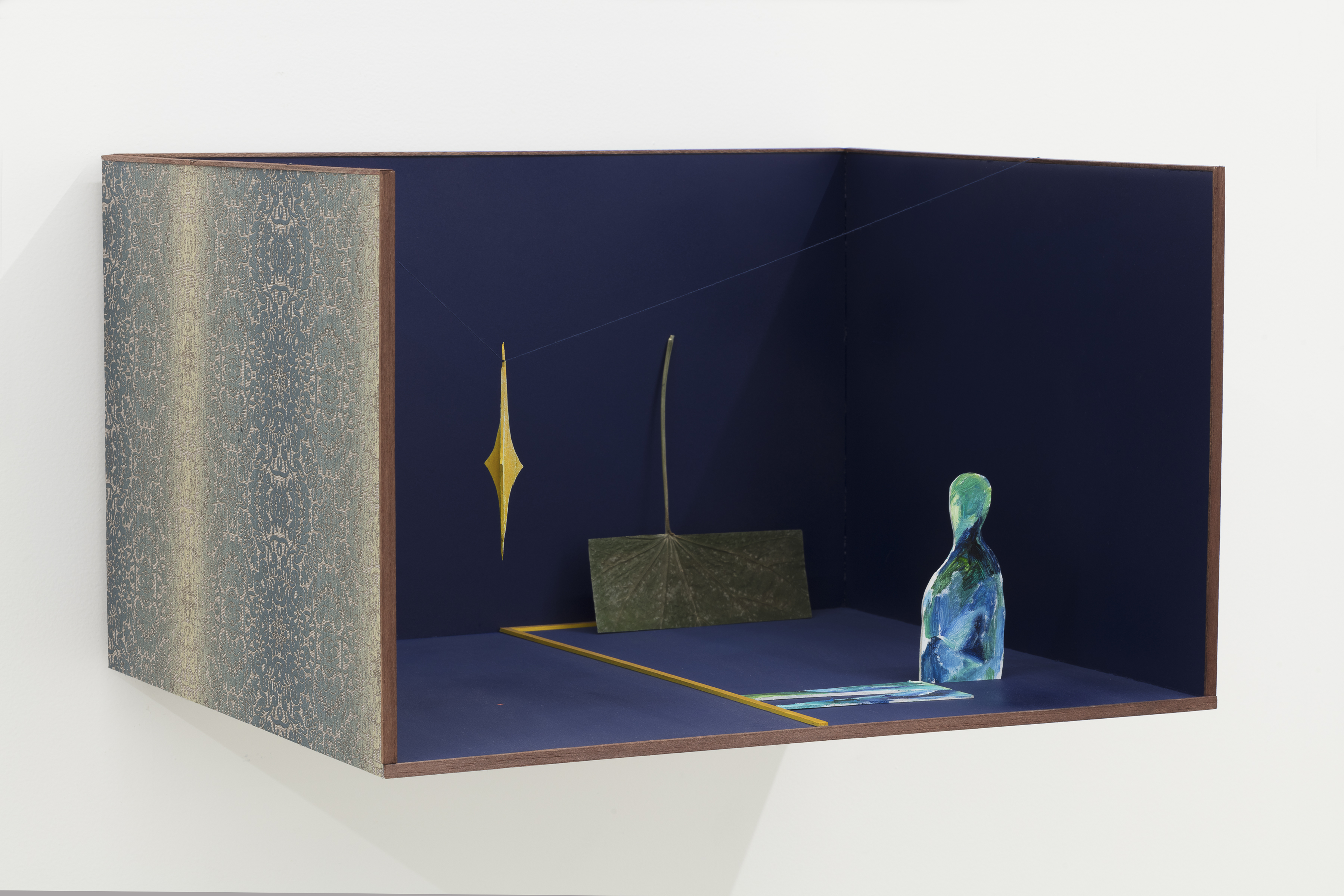
Main Room
Offering the dream to the “mysteries of Hekate and the night” (King Lear, act 1, scene 1) means giving back the regurgitations that come up in dreams without attempts to save them morally or to find their dayworld use.
James Hillman, The Dream and The Underworld
The Dream and The Underworld presents a body of work prepared as a result of information extracted from my own dreams in past years. This information, as I call it, has been reconfigured through my ideas within sculpture and painting for its transportation to the waking realm.
The re-assemblage of dream-narratives implies an interest in the amplification of thought accompanying the distinct aspects of imagination in its course towards the shadow. Emphasizing the scrutiny of this imagination of the underworld reveals that its parts are bound without ascertaining the precise character of this bond, thus making possible to see the different faces of this material –as psychoanalyst James Hillman has called it– in all its fluid familiarity: the transformation of the natural world, the anomalies of the built environment, the behaviour of those around us and the presence of fear.
To extract this shadow, this nocturnal mass, is also a form of sympathy for a specific kind of gaze in which continuity between the forms of the unexpected, the inevitable and the lived, is desired: this is the sign of the labour carried by the brood of Night.
Simultaneously an epilogue and an introduction, I include the following fragment by John Berger about the implications of noticing this sort of events, thanking my good friend and artist Sachin Kaeley for leading me to it:
I had a dream in which I was a strange dealer: a dealer in looks or appearances. I collected and distributed them. In the dream I had just discovered a secret! I discovered it on my own, without help or advice. The secret was to get inside whatever I was looking at – a bucket of water, a cow, a city (like Toledo) seen from above, an oak tree, and, once inside, to arrange its appearances for the better. Better did not mean making the thing seem more beautiful or more harmonious; nor did it mean making it more typical, so that the oak tree might represent all oak trees; it simply meant making it more itself so that the cow or the city or the bucket of water became more evidently unique! The doing of this gave me pleasure and I had the impression that the small changes I made from the inside gave pleasure to others. The secret of how to get inside the object so as to rearrange how it looked was as simple as opening the door of a wardrobe. Perhaps it was merely a question of being there when the door swung open on its own. Yet when I woke up, I couldn’t remember how it was done and I no longer knew how to get inside things.
Christian Camacho



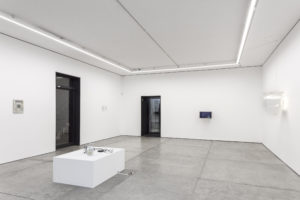
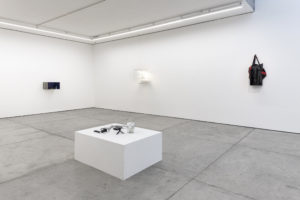
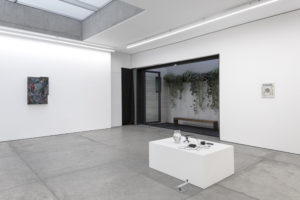
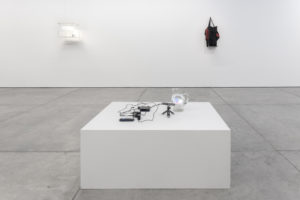
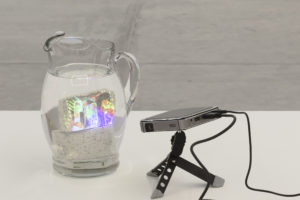
0 comments on “THE DREAM AND THE UNDERWORLD – CHRISTIAN CAMACHO”